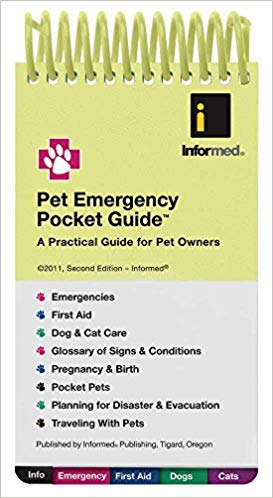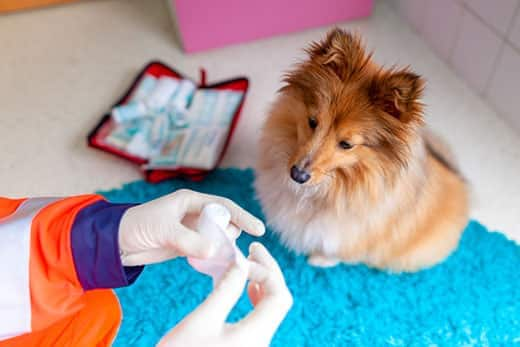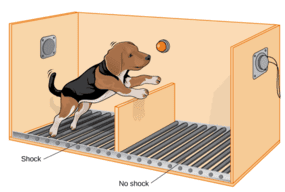
Veterinary first aid kit for dogs: a list of essentials
If your dog has any health problems, the first step should always be to see a veterinarian. But if the specialist says that it is not necessary to come, or asks you to wait for the appointed time of admission, you may need a first aid kit for the dog. In fact, early intervention can greatly affect the outcome of a pet’s treatment.
A basic dog veterinary kit will help you deal with any emergency your dog may have. How to prepare a list of medicines for dogs for emergencies?
First aid kit for a dog: a list of necessary
Depending on the activity level, lifestyle, and personality of the pet, some items on the list will be more important than others. A complete dog first aid kit should include the following:
- tweezers to remove insect stings, mites or splinters;
- gauze pads for cleaning wounds or applying a compress to small bleeding areas;
- tourniquet to stop bleeding from a wound;
- a syringe with a pear for sucking mucus from the nostrils;
- clean kitchen towels or hand towels for cold compresses;
- baking soda: a paste of baking soda mixed with a little water neutralizes strong odors and acidic insect poisons;
- dressings, such as non-stick gauze pads, cotton bandage, gauze bandage and adhesive bandage;
- protective collar, also called “Elizabethian collar” or “veterinary collar”; it is important to keep dressings in place and reduce the risk of self-injury to the animal;
- antiseptic for simple cleaning and disinfection of wounds;
- hydrogen peroxide to wash the wound from blood so that it can be examined;
- syringes for accurately measuring the amount of drugs;
- eye wash in case of chemical burns;
- a heating pad that will help warm small dogs in case of hypothermia, and is also great for relaxing muscles after tension or injury;
- thermometer for measuring the body temperature of a dog;
- an antibiotic or soothing ointment to treat simple injuries
- hypothermic cooling pack, which is useful for nosebleeds and other minor injuries.
It is best to place all first aid supplies for a dog in a large box and stick a list of important phone numbers on top. This list should include the contact details of the veterinarian, the nearest veterinary emergency department, emergency contacts, and any other numbers required.

When compiling a first aid kit for dogs, as well as before using any drugs, you should consult with your veterinarian. Do not give your pet medication without discussing his condition with a doctor. Most often, a dog veterinary kit can come in handy on the way to the veterinary clinic or after the specialist confirms that the pet can be cared for at home. It’s a good idea to check with your veterinarian before heading to the drugstore for a list of medications and supplies, as some of them must be formulated specifically for dogs.
What to put in a dog first aid kit
If your area of residence is at risk from hurricanes, earthquakes, floods, tornadoes or any other natural disaster, getting a dog emergency kit is a must. But even if there is no reason to wait for natural disasters, it is better to prepare in advance for a force majeure situation.
Emergency kit for emergency and emergency care for a dog:
- First aid kit for dogs.
- It should contain a month’s supply of any medications the dog is taking. It is important to monitor the expiration date of medicines and replace them before the expiration date.
- List of important phone numbers.
- Information about the dog’s microchip, if it has one.
- Vaccination records and other important medical information.
- A monthly supply of food and treats in case of an emergency. Food should also be changed after the expiration date.
- Additional leash and collar.
- Cell.
Hopefully, the owner will never need to provide emergency assistance to the dog. Nevertheless, caring for the health and well-being of a pet is an important task for any family, and preparedness for a crisis situation is one of the main ways it manifests itself.
See also:
Dogs in the Workplace: Advantages and Disadvantages
How long does it take to walk the dog in winter so that the dog does not freeze?
Grain Free Dog Food: Is It Right for Your Dog?





